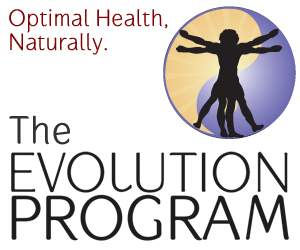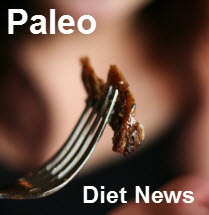Paleo diet in the South Pacific
Perhaps the last hunter-gatherer society on the planet, the Kitavans are an example of what true natural health is, by following what is essentially a paleolithic diet and life style. But it is not what we consider to be the typical paleo diet. It may surprise some people to learn what the Kitavans actually eat. They are probably the last group to follow their ancestral Paleo diet in the South Pacific.
This study of the Kitavans done mainly by Dr. Staffan Lindeberg, shows us what the health and nutrition of an ancient culture might have looked like. The study offers a very clear picture of the food and health of a possibly paleolithic society.
100 year old man from Kitava, Papua New Guinea. Photo from http://www.staffanlindeberg.com/OurResearch.html
….Kitavans straddle the line between agricultural and hunter-gatherer lifestyles. They eat a diet primarily composed of tubers (yam, sweet potato, taro and cassava), fruit, vegetables, coconut and fish, in order of calories. This is typical of traditional Pacific island cultures, although the relative amounts differ.
Grains, refined sugar, vegetable oils and other processed foods are virtually nonexistent on Kitava. They get an estimated 69% of their calories from carbohydrate, 21% from fat, 17% from saturated fat and 10% from protein. Most of their fat intake is saturated because it comes from coconuts. They have an omega-6 : omega-3 ratio of approximately 1:2. Average caloric intake is 2,200 calories per day (9,200 kJ). By Western standards, their diet is high in carbohydrate, high in saturated fat, low in total fat, a bit low in protein and high in calories. Read it all here….
What I find so interesting is they are eating a relatively low protein diet, moderate fat and high carbohydrate. And they are exceptionally healthy. No heart disease, hypertension, mental decline in the elderly or other sickness so prevalent in our own society. Of course the carbs are all good carbs like yams, sweet potato, taro and cassava. The fats are all good fats, especially coconut which is considered a medicinal food in the South Pacific. What this goes to show is that you can eat a nearly vegetarian paleo diet and be healthy. But to do that you must lose the grains.
So is it basically just diet that keeps the Kitavans so healthy? Probably not, but it is a huge component of the equation. Other aspects of their lifestyle, like low stress, non-polluted environment undoubtedly contribute, but diet may be the overriding factor. Aside from the lack of grains in their diet, coconut oil may be a major part of their overall good health. Studies show that eating coconut oil may help prevent Alzheimer’s.A shorter list of the benefits of coconut oil are below:
- Kills viruses that cause influenza, herpes, measles, hepatitis C, SARS, AIDS, and other illnesses.
- Kills bacteria that cause ulcers, throat infections, urinary tract infections, gum disease and cavities, pneumonia, and gonorrhea, and other diseases.
- Boosts energy and endurance, enhancing physical and athletic performance.
- Improves digestion and absorption of other nutrients including vitamins, minerals, and amino acids.
- Improves insulin secretion and utilization of blood glucose.
- Reduces symptoms associated with pancreatitis.
- Helps protect against osteoporosis.
- Reduces inflammation.
- Helps protect the body from breast, colon, and other cancers.
- Is heart healthy; improves cholesterol ratio reducing risk of heart disease.
- Protects arteries from injury that causes atherosclerosis and thus protects against heart disease.
- Helps to protect the body from harmful free radicals that promote premature aging and degenerative disease.
The list is greatly pared down, but it gives a good idea of the benefits of that one food source, alone, that is a major part of the Kitavans diet. I am sure it’s not coconut oil alone that keeps them so healthy. Their overall diet and lifestyle must be taken as a whole, but just think what adding just this one element can do to help OUR health. We should take a page from the Kitavan’s book on staying healthy. Eating the foods that their ancestors ate and limiting stress, the Paleo diet of the South Pacific almost sounds like paradise. But I’d still want some grass fed steak!






Pingback: URL